Displaced by fire, Amazon's migrants fight to rebuild their home
Shipibo people are displaced, embittered after government promises to rebuild.
LIMA, PERU -- Olinda Silvano lives with the painful memory of her father’s blood-stained shirt and his dying message, "Fight for Cantagallo."
"He opened the door thinking it was a neighbor from the community," Silvano recalled, "But it was a group of men sent in to kick us out. They hit him until he was bleeding."
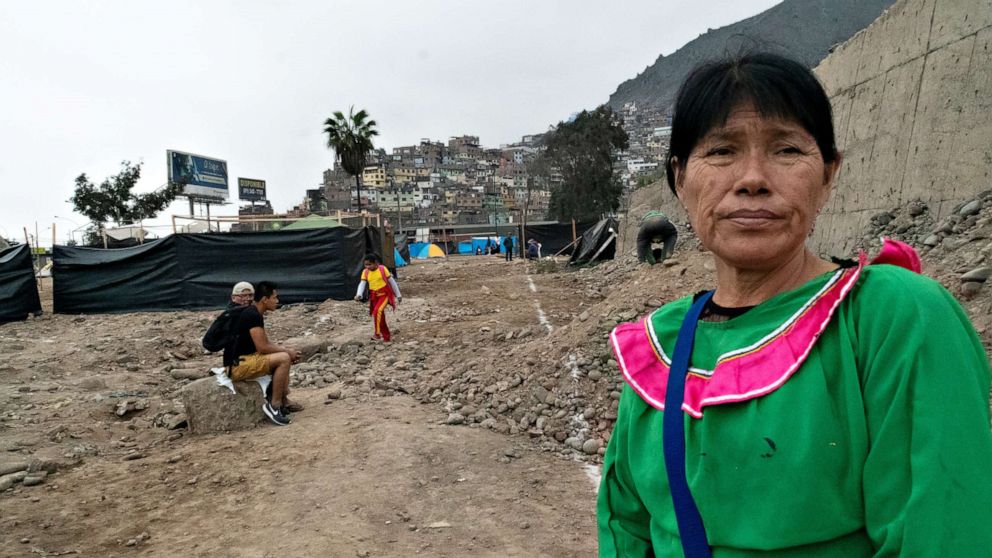
Seeking escape from dire poverty and an education for their children, a group of Shipibo-Konibo people came to the capital in the 1990s, where they settled atop a landfill along the polluted Rimac River, mere blocks from central Lima’s government palace.
Far from home in the sweltering jungle surrounding the Ucayali River, and despite the hardship of rural to urban migration, their community grew. The tribe built a bilingual Spanish-Shipibo school and displayed their art, cuisine, and traditional medicine in this sprawling coastal city of nine million.
But in 2016, their home was destroyed by a massive fire. Today, Cantagallo’s 238 Shipibo families are displaced and embittered after government promises to rebuild have stagnated for years. Cantagallo residents and advocates say the delays underscore the vulnerability of indigenous communities throughout Latin America, which often lack title to their land.
Despite pledges by two Peruvian presidents and lapsed commitment from the nation’s top housing authority to rebuild Cantagallo, indigenous residents here are leery of promises, which they say are too often hobbled by entrenched corruption and turbulent politics.
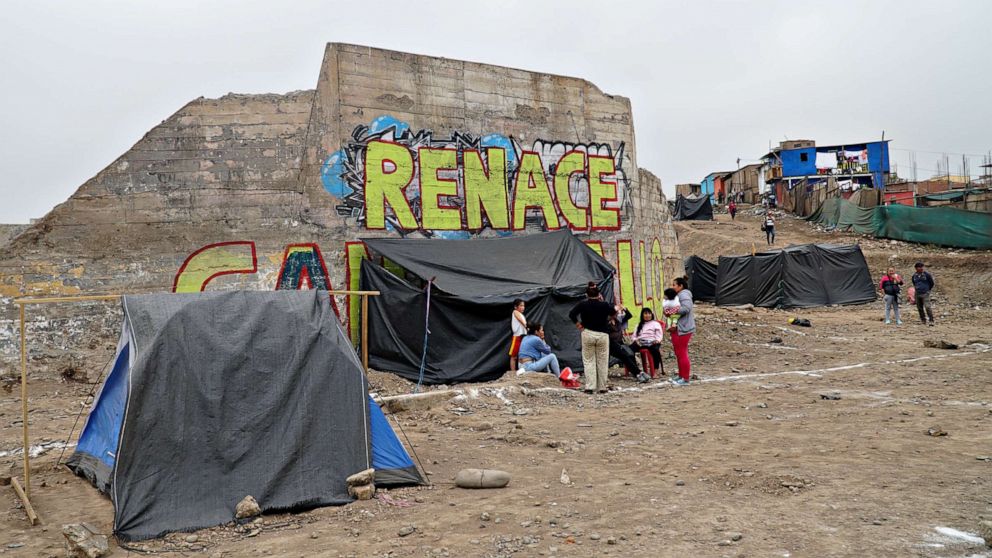
In recent months over a thousand Shipibos have returned to their razed community to demand action from the state, which they say has misled them about the project’s fate for too long.
"Politicians deceive us and lie to us. Presidents and mayors have come and gone, each with promises," said 50-year-old Silvano, who serves as Cantagallo’s culture secretary.
Political corruption is systemic in this South American nation of 30 million. Soon after Peru’s former president Pedro Pablo Kuczynski and Lima’s former mayor Luis Castañeda made promises to rebuild Cantagallo after the 2016 fire, both politicians were separately accused of accepting illegal campaign funds from the Brazilian construction giant Odebrecht.
Infrastructure and housing projects have stalled in Peru as a result of the international corruption scandal, which has incriminated four Peruvian presidents and dozens of leaders across Latin America.
But in 2017, Peru’s Ministry of Housing announced the $6 million investment in a new Shipibo-Konibo housing project, which would consist of single-family homes, a new bilingual school, and a fairground for the sale of the tribe’s well-known art.
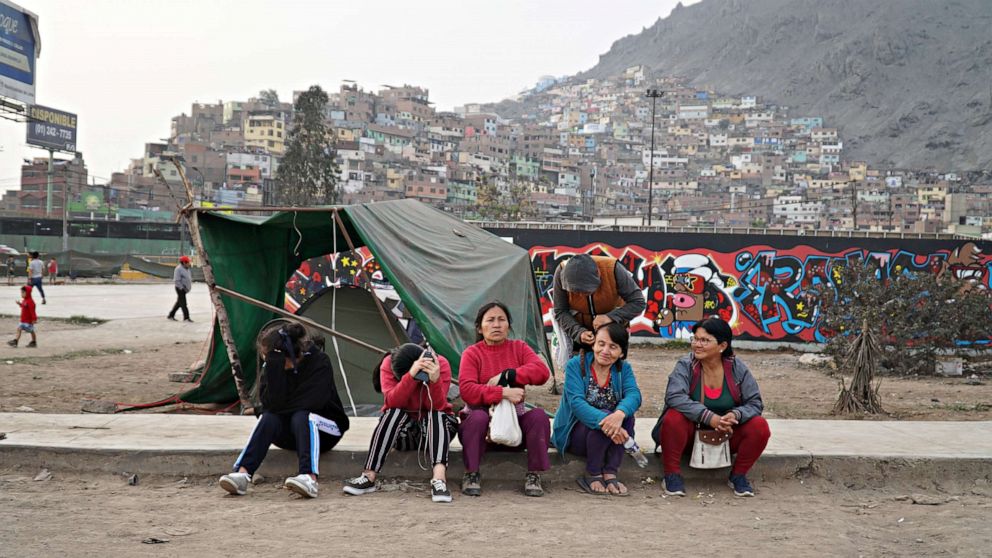
Residents, still living amid the charred wreckage of the fire, were given a monthly stipend for temporary housing. But their impatience grew as the plan stalled throughout 2018 and housing stipends ran dry. Delays extended well into 2019, when the project was officially postponed.
Furious residents returned in protest, demanding answers from Peru’s embattled president, Martin Vizcarra, whose decision to dissolve congress last September resulted in the loss of vital cabinet ministers and a weakened government.
Once a proud and tumbledown hillside slum adorned with murals of ancestral Shipibo artwork called kené, Cantagallo is now a squatter camp, lacking water and sanitation.
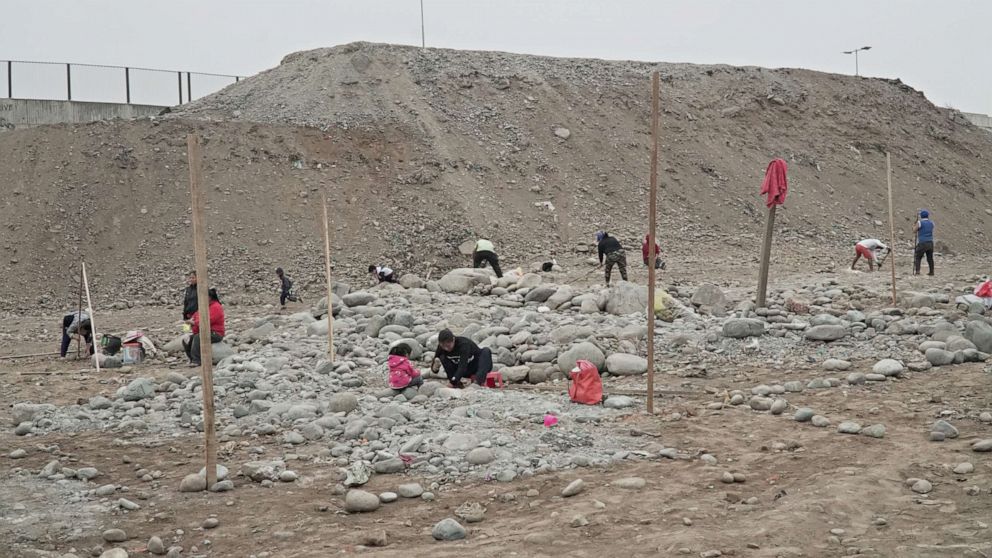
On a recent evening, dispossessed residents put up makeshift homes of wooden stakes and plastic.
Like many of her Shipibo neighbors, Fidelia Ahuanari, 42, was searching for a plot of land to assemble a tent. She stopped and motioned toward the Shipibo elementary school, now stripped of its roof, doors and windows.
"I was the first teacher in this school," she said. "I’m proud to teach my culture. But I’m angry about how the state treats indigenous people. Now is the time to fight."
Down the street, in one of the few Shipibo homes spared from the fire, Juan Agustin performed an indigenous healing ceremony with ayahuasca, a psychoactive vine native to the Amazon.
"Cantagallo is a little piece of the Amazon in the heart of Lima. It’s a living culture," he said.
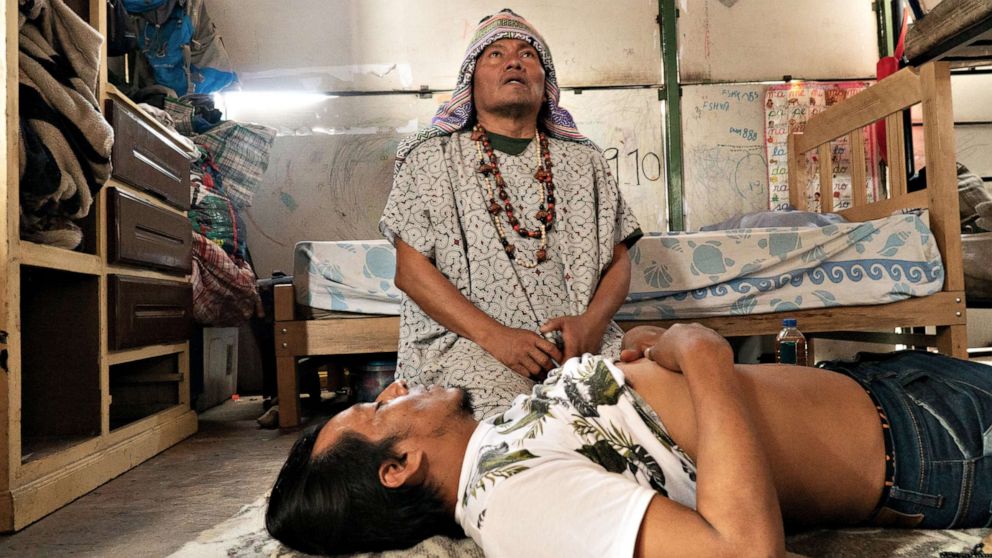
Agustin, 50, is a professor of the Shipibo language and has held various leadership positions in Cantagallo over the past two decades.
"Lima is a strong acculturating force. It westernizes and pressures ethnic groups to leave their cultures behind," he said. "The most important way to ensure this doesn’t happen is through territory."
Over a million residents dispersed throughout Lima identify as indigenous, or of ethnic origin predating Spanish colonization, though Cantagallo is the city’s only cohesive indigenous community.
The Shipibo-Konibo are the third-largest tribe in the Peruvian Amazon. Numbering nearly 30,000, most live in riverine communities bordering Brazil.
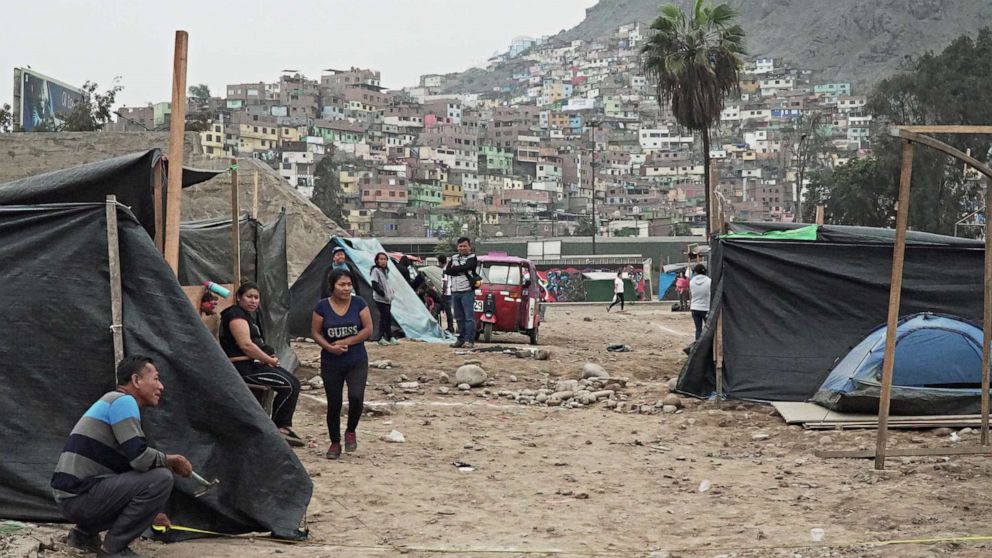
Though they hold no legal title to Cantagallo, under international law, the Shipibo’s current housing crisis in Lima affords them unique rights as a displaced indigenous community, argued Mar Perez, an attorney with the National Coordinator for Human Rights.
"They’ve suffered financial and cultural consequences because of their displacement. The state should recognize this," Perez told ABC News. Peru’s Ministry of Housing declined interview requests for this article. But in a bid to conciliate residents, the agency recently released new details of a housing project, slated to begin at the end of 2020.
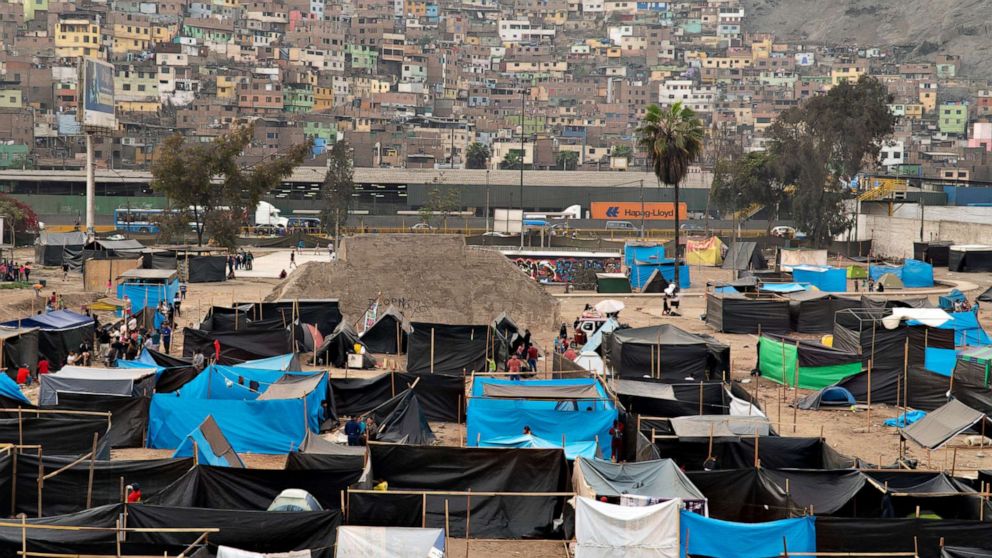
Many here, including Olinda Silvano, remain doubtful of the state. But the memory of her father -- and his dying message to fight for Cantagallo -- gives her strength to continue fighting.
"His blood was spilled on this land. So, come what may, I’ll stay here," she said.




